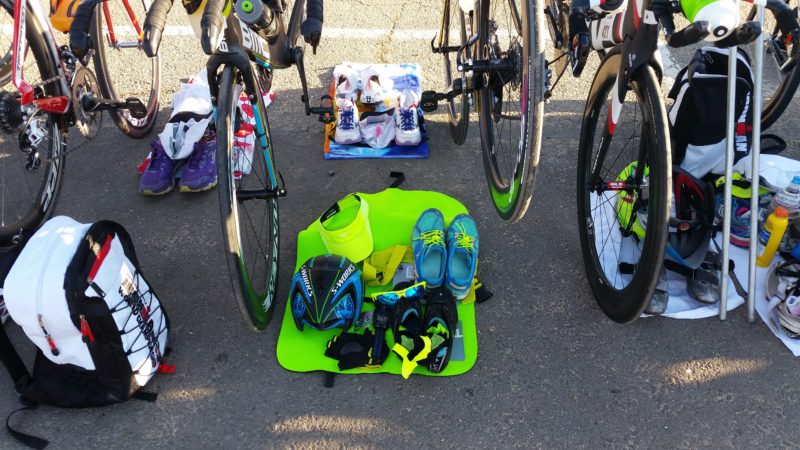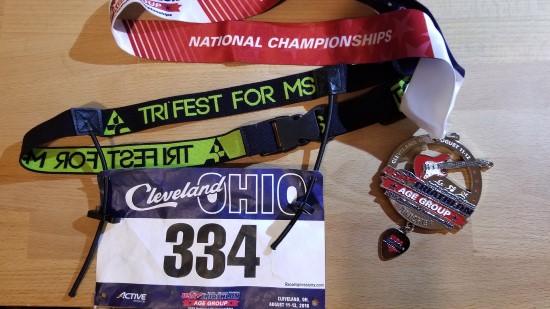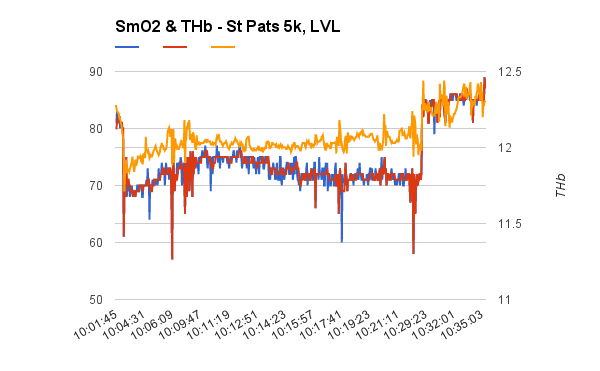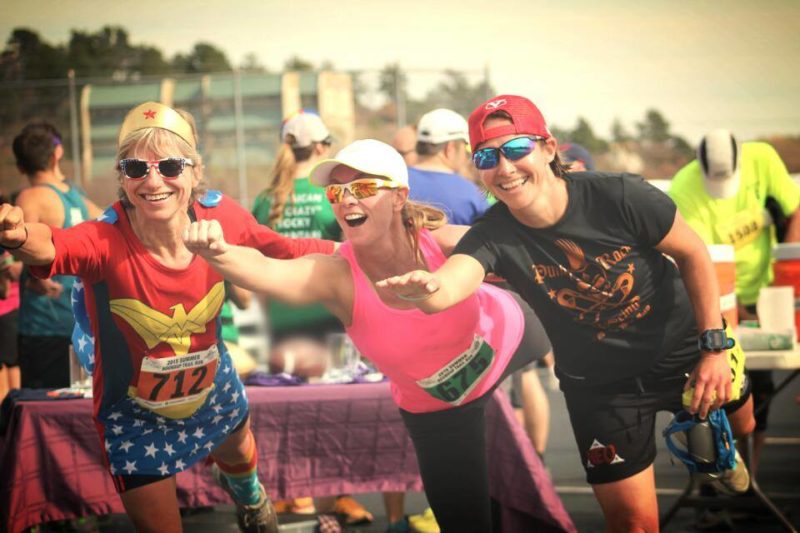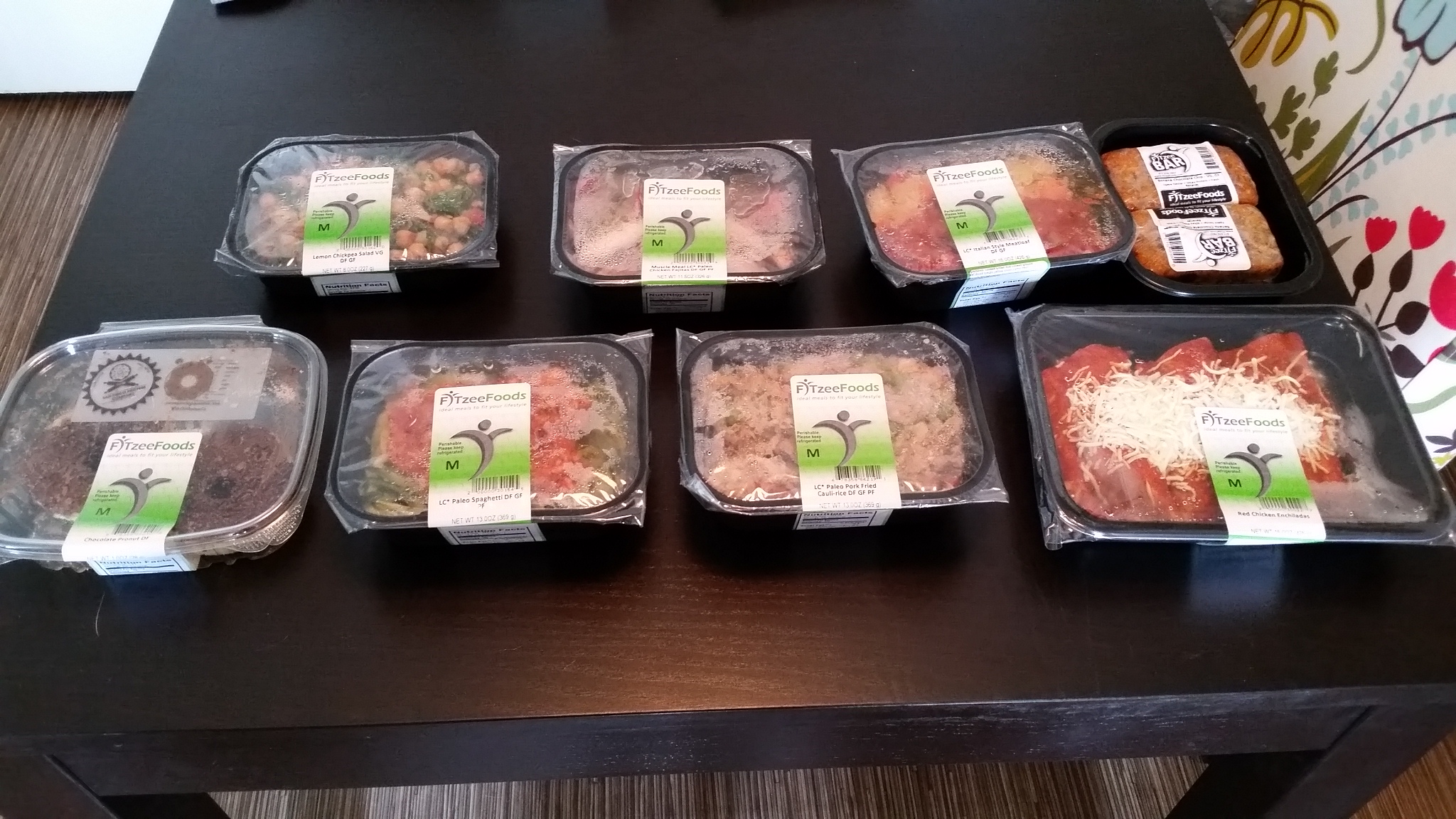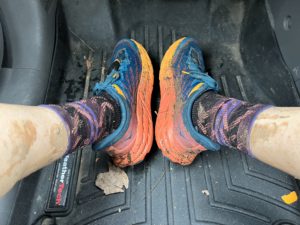It happens sometimes. We look at our triathlon race results and realize we could have been at least one, maybe two places higher in the overall ranking because…transition time. Or you feel the elation of beating a competitor because… transition time.
Transitions are the “free speed” zone of triathlon.
Transitioning quickly is a skill, and just like the swim, bike, and run portion of the event, and you need to train it.
T2, bike-to-run transition is probably practiced (in a sense) the most, due to bike-run brick workouts. But do you practice them at race speed? Or with all your race gear?
Here are a few guidelines to a quick transition:
- Know what you need and have it ready.
- Helmet, sunglasses, socks, shoes, race belt… have all these items as close to “put on ready” as possible, and easy to access. You shouldn’t be searching for anything in transition, unless there is an unexpected issue.
- Don’t plan to eat or drink in transition.
- You can do this on the bike, or at the first aid station on the run. Plan ahead with your nutrition and hydration so that you don’t need to eat or drink here. It’s just lost time.
- Don’t change clothes in transition.
- Putting on a lycra shirt after you come out of the swim is not an easy task. Have a tri suit or tri top/shorts and swim in that. It will dry quickly.
- Exceptions:
- Weather that requires extra or dry clothing. Then your comfort will be worth the extra time. (A slightly longer transition beats a DNF due to hypothermia!)
- Ironman racing – you’ll be a little slower than those who opt to race in a tri kit, but unless you’re going for a podium spot, the extra time to change for comfort might be worth it.
- Exceptions:
- Putting on a lycra shirt after you come out of the swim is not an easy task. Have a tri suit or tri top/shorts and swim in that. It will dry quickly.
- If you can do something while moving, don’t do it standing still.
- Running hats/visors and race belts can all be put on as you make your way out of transition.
- Bike shoes can be pre-clipped to the pedals, but this skill takes practice. If you plan to do it, practice it a lot and get comfortable with getting in and out of your shoes.
Note: make sure your helmet is buckled before you touch your bike.
How Can You Improve Your Transitions?
- Write down your transition steps. All of them. What exactly do you do? Then try to determine if there are things you can do differently for a quicker transition.
- Practice!
- Set up a transition area at your house (you can just lean your bike against a wall or fence). Practice the steps you wrote down, and refine them if need be. Put on your wetsuit, jump in the shower or douse yourself with your garden hose, run to your bike, transition as you would in a race, and ride around the block. Practice mounting your bike (this is often where we feel the most awkward…so don’t let it be awkward!) Then transition to the run on your return. T1 is harder to do multiple times in a row if you are using a wetsuit. But you can do T2 a bunch of times to get that muscle memory going!
- Visualize smooth and relaxed transitions. Visualize yourself smoothly executing all the steps you wrote down.
Knowing exactly what you need to get done, having specific steps in an order that makes sense, and then practicing these steps at “race pace” will help you zip past your competition!
In the comments below share what you’ll change for a faster transition.

